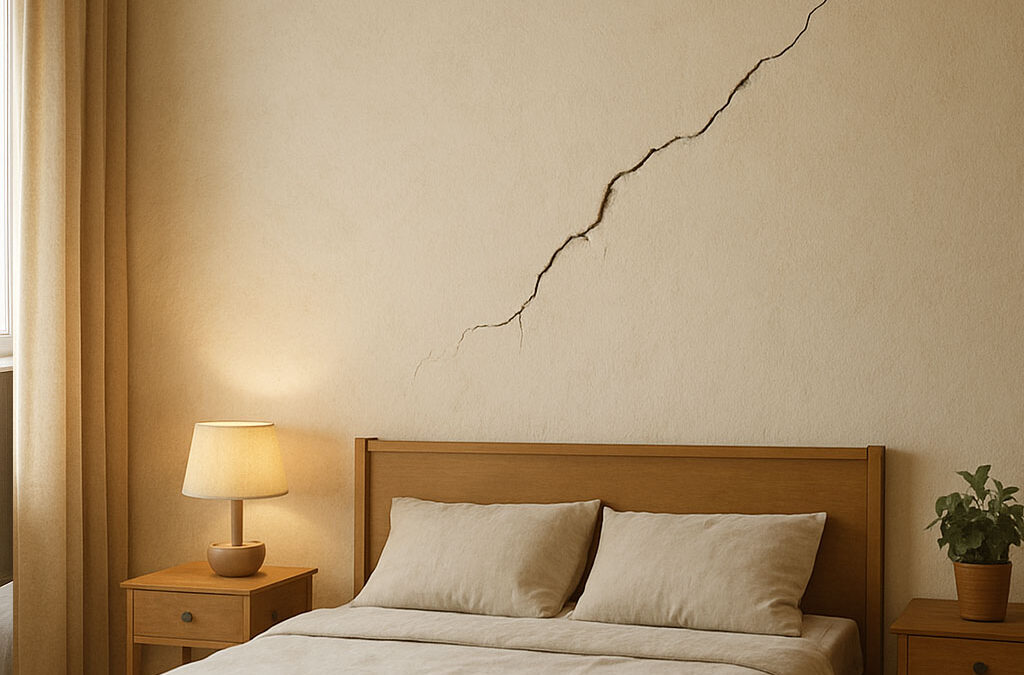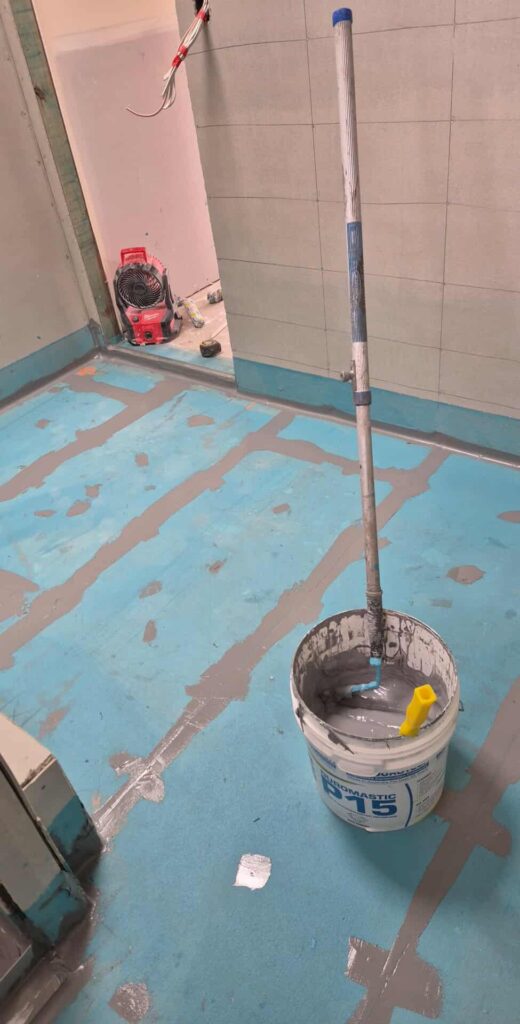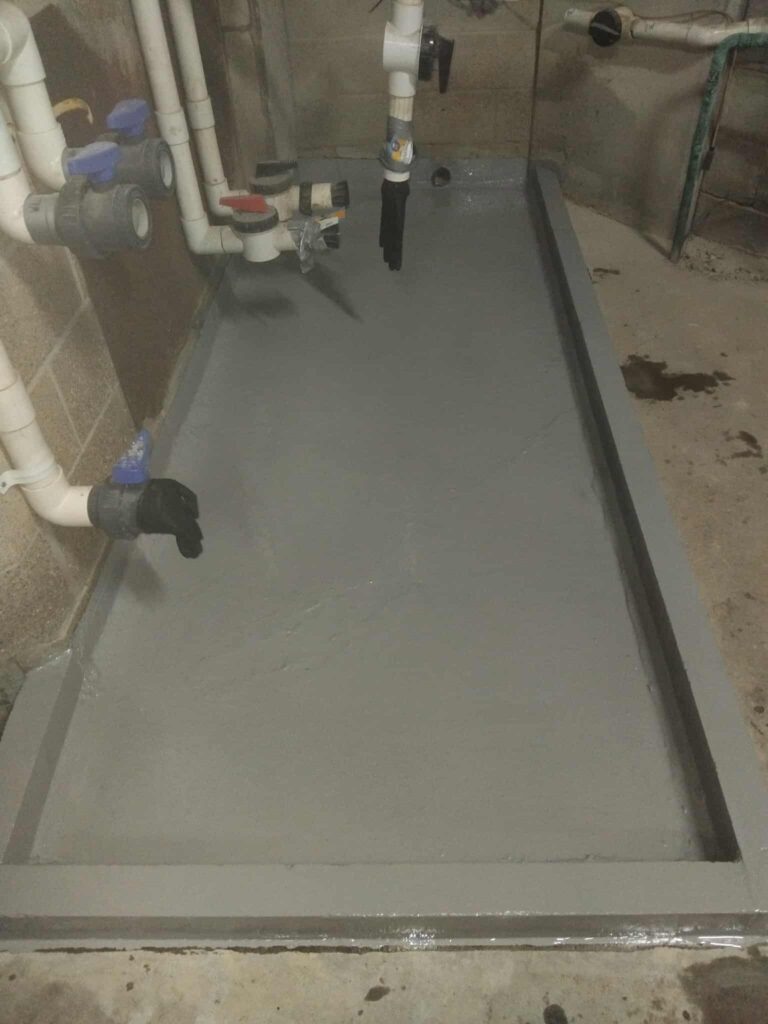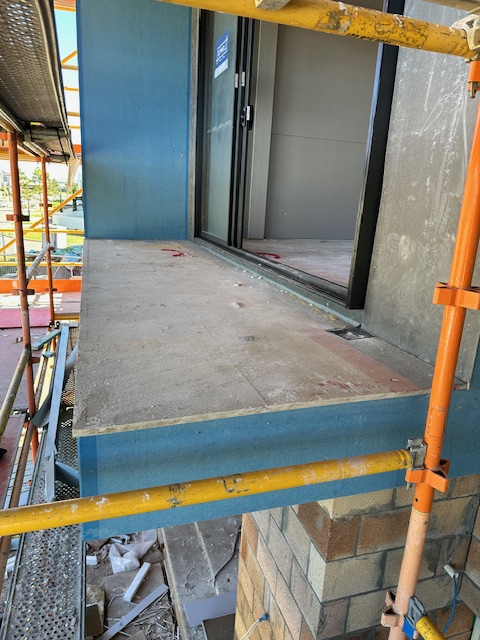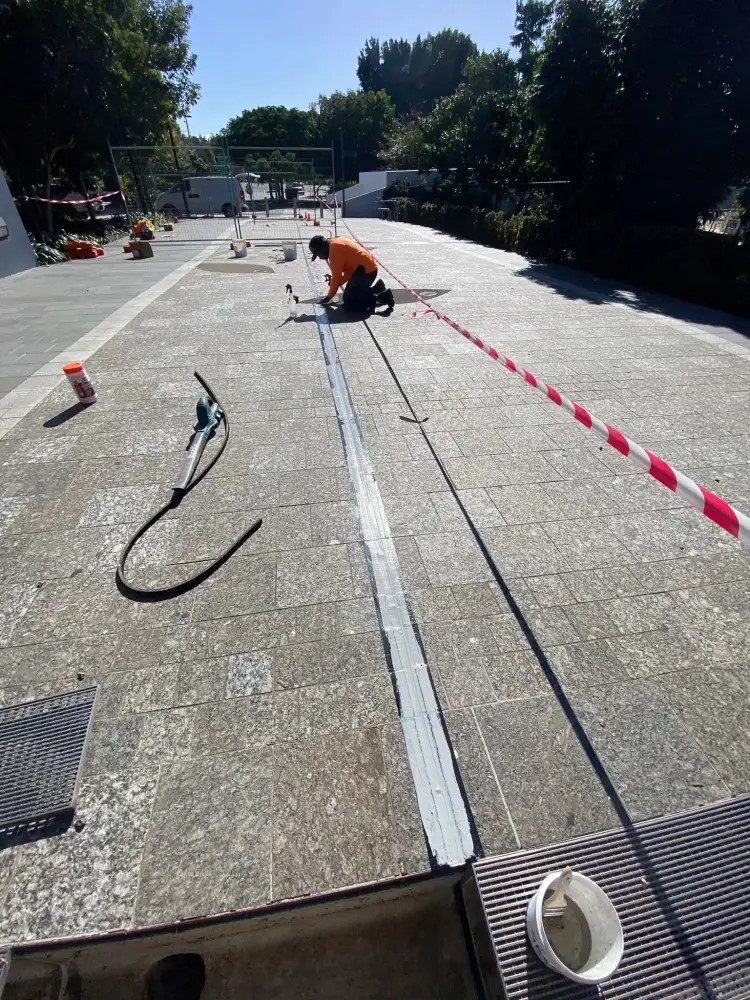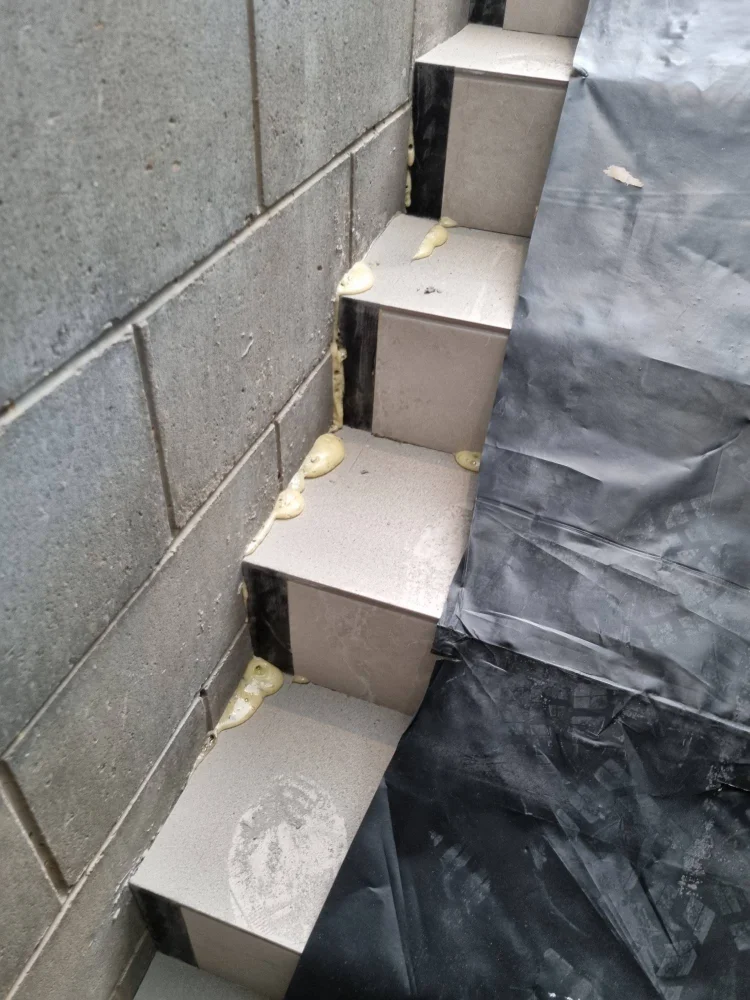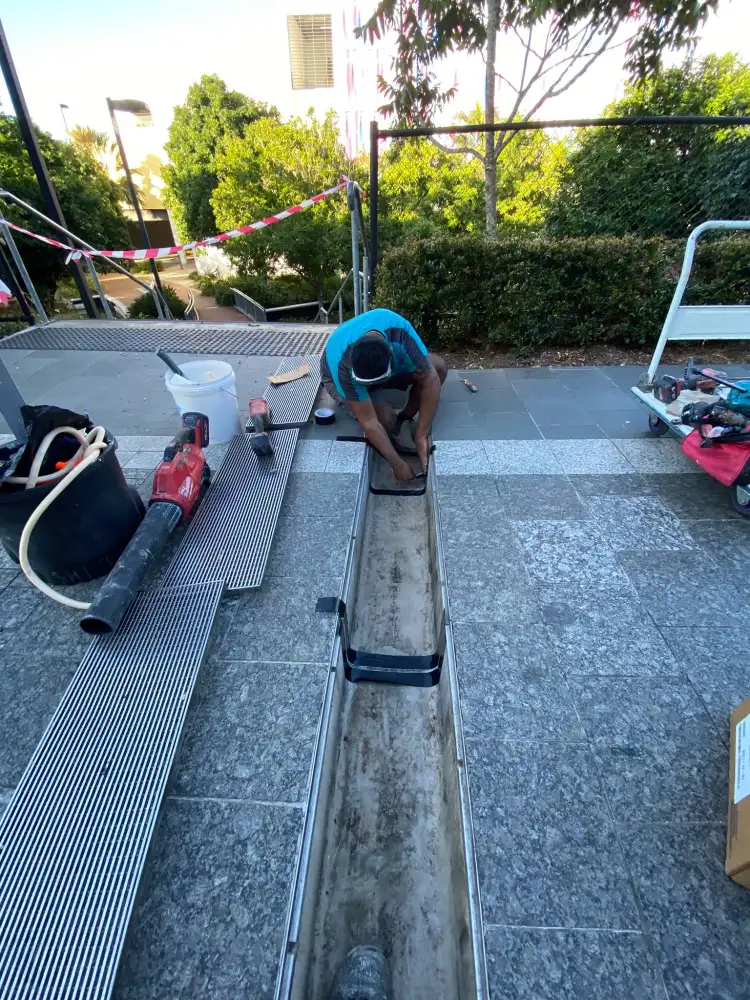Concrete cracks in your home or commercial property are more than just an eyesore—they can point to underlying issues that range from minor surface problems to serious structural concerns. Knowing what different cracks mean can help you act early and protect your investment.
Understanding Concrete Cracks and What They Mean for Your Property
1. Hairline Cracks
Where: Floors, walls, driveways
What it means: These fine cracks usually form during the curing process. While they’re often harmless, they can allow water to seep in over time, leading to moisture damage if not sealed.
2. Vertical Cracks in Walls or Foundations
Where: Basement walls, retaining walls
What it means: Often caused by natural settling or minor structural movement. Keep an eye on these—if they widen or allow water through, it’s a sign you may need an expert epoxy concrete repair services.
3. Horizontal Cracks in Walls or Foundations
Where: Foundation walls, retaining walls
What it means: A more serious warning sign. Horizontal cracking is usually caused by soil or water pressure pressing against the wall. This can indicate hydrostatic pressure or structural stress that needs urgent attention.
4. Diagonal Cracks in Foundations
Where: Around windows, doors, or foundations
What it means: Typically caused by uneven settling or shear stress, these cracks may require structural reinforcement or targeted waterproofing solutions to prevent further deterioration. A complete concrete crack injection is recommended for this type of issue. There are two common injection methods used: polyurethane crack injection, which blocks water ingress, and epoxy crack injection, which provides structural repair—often making the area stronger than its original state.
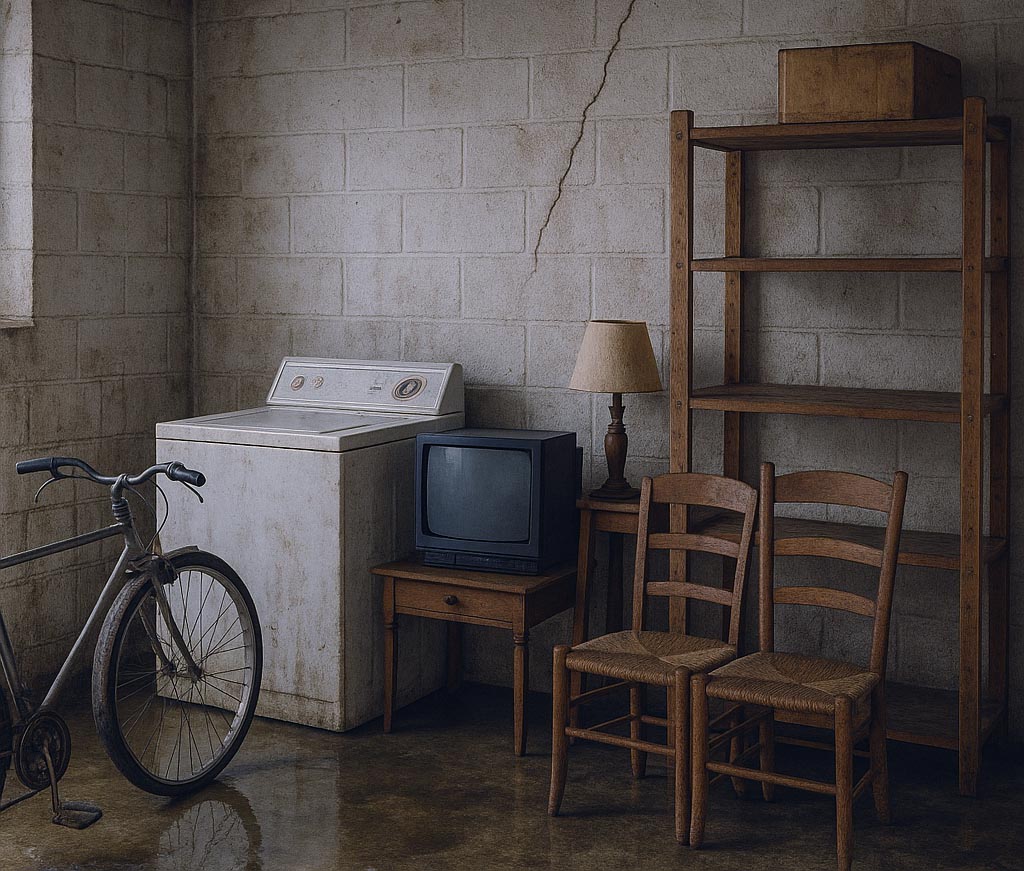
basement crack in the wall
5. Cracks with Water Stains or Efflorescence
Where: Basement floors, exterior walls
What it means: A clear sign of moisture ingress. This can lead to mould, corrosion, and waterproofing failure if left untreated.
6. Spalling or Flaking Around Cracks
Where: Exposed concrete surfaces
What it means: Usually linked to freeze-thaw cycles or corroding reinforcement steel (rebar). Over time, this weakens the concrete and can spread if repairs are delayed.
7. Wide Cracks (Over 6mm / ¼ Inch)
Where: Slabs, walls, footings
What it means: These are often structural and shouldn’t be ignored. Solutions may include underpinning or epoxy injection to restore stability.
When to Call a Professional
If you’ve noticed cracks—especially in moisture-prone areas like bathrooms, balconies, or retaining walls on—it’s best to get a professional concrete crack injection and waterproofing company for free structural assessment. Early intervention can prevent costly repairs and protect your property from long-term water damage.


